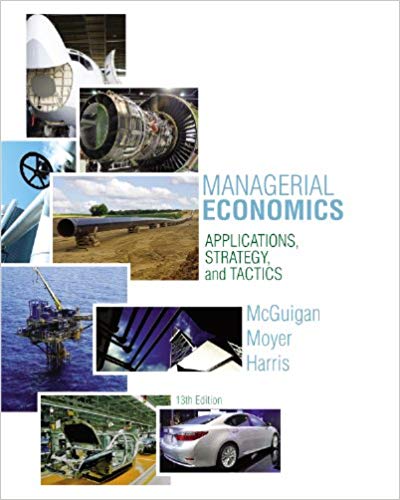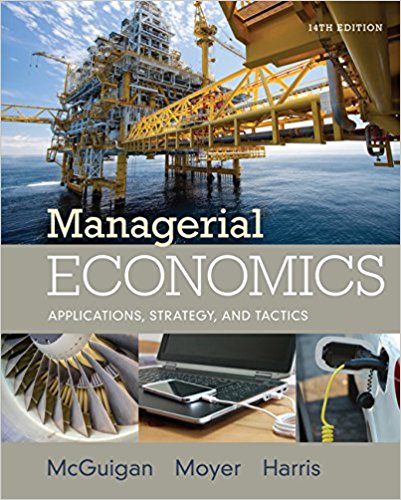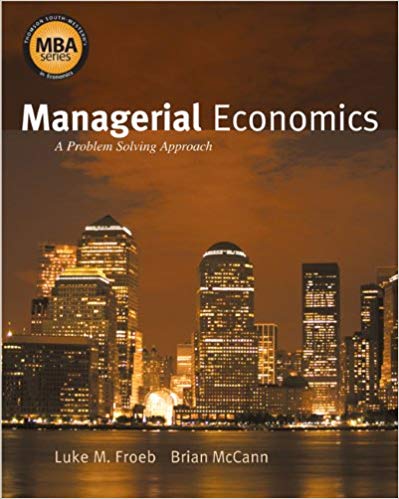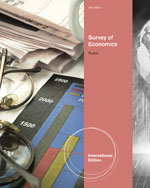Managerial Economics Applications Strategies and Tactics 13th Edition by James R. McGuigan – Test Bank
Chapter 3—Demand Analysis
MULTIPLE CHOICE
1. Suppose we estimate that the demand elasticity for fine leather jackets is ‑.7 at their current prices. Then we know that:
a. a 1% increase in price reduces quantity sold by .7%.
b. no one wants to buy leather jackets.
c. demand for leather jackets is elastic.
d. a cut in the prices will increase total revenue.
e. leather jackets are luxury items.
ANS: A PTS: 1
2. If demand were inelastic, then we should immediately:
a. cut the price.
b. keep the price where it is.
c. go to the Nobel Prize Committee to show we were the first to find an upward sloping demand curve.
d. stop selling it since it is inelastic.
e. raise the price.
ANS: E PTS: 1
3. In this problem, demonstrate your knowledge of percentage rates of change of an entire demand function (Hint: %ΔQ = EP•%ΔP + EY•%ΔY). You have found that the price elasticity of motor control devices at Allen-Bradley Corporation is -2, and that the income elasticity is a +1.5. You have been asked to predict sales of these devices for one year into the future. Economists from the Conference Board predict that income will be rising 3% over the next year, and AB’s management is planning to raise prices 2%. You expect that the number of AB motor control devices sold in one year will:
fall .5%.
not change.
rise 1%r.
rise 2%.
rise .5%.
ANS:EPTS: 1
4 A linear demand for lake front cabins on a nearby lake is estimated to be: QD = 900,000 – 2P. What is the point price elasticity for lake front cabins at a price of P = $300,000? [Hint: Ep = (Q/P)(P/Q)]
EP = -3.0
EP = -2.0
EP = -1.0
EP = -0.5
EP = 0
ANS: B PTS: 1
5. Property taxes are the product of the tax rate (T) and the assessed value (V). The total property tax collected in your city (P) is: P = T•V. If the value of properties rise 4% and if Mayor and City Council reduces the property the tax rate by 2%, what happens to the total amount of property tax collected? [hint: the percentage rate of change of a product is approximately the sum of the percentage rates of change.}
a. It rises 6 %.
b. It rises 4 %.
c. It rises 3 %.
d. It rises 2 %
e. If falls 2%.
ANS: D PTS: 1
6. Demand is given by QD = 620 ‑ 10·P and supply is given by QS = 100 + 3·P. What is the price and quantity when the market is in equilibrium?
a. The price will be $30 and the quantity will be 132 units.
b. The price will be $11 and the quantity will be 122 units.
c. The price will be $40 and the quantity will be 220 units.
d. The price will be $35 and the quantity will be 137 units
e. The price will be $10 and the quantity will be 420 units.
ANS: C PTS: 1













Reviews
There are no reviews yet.